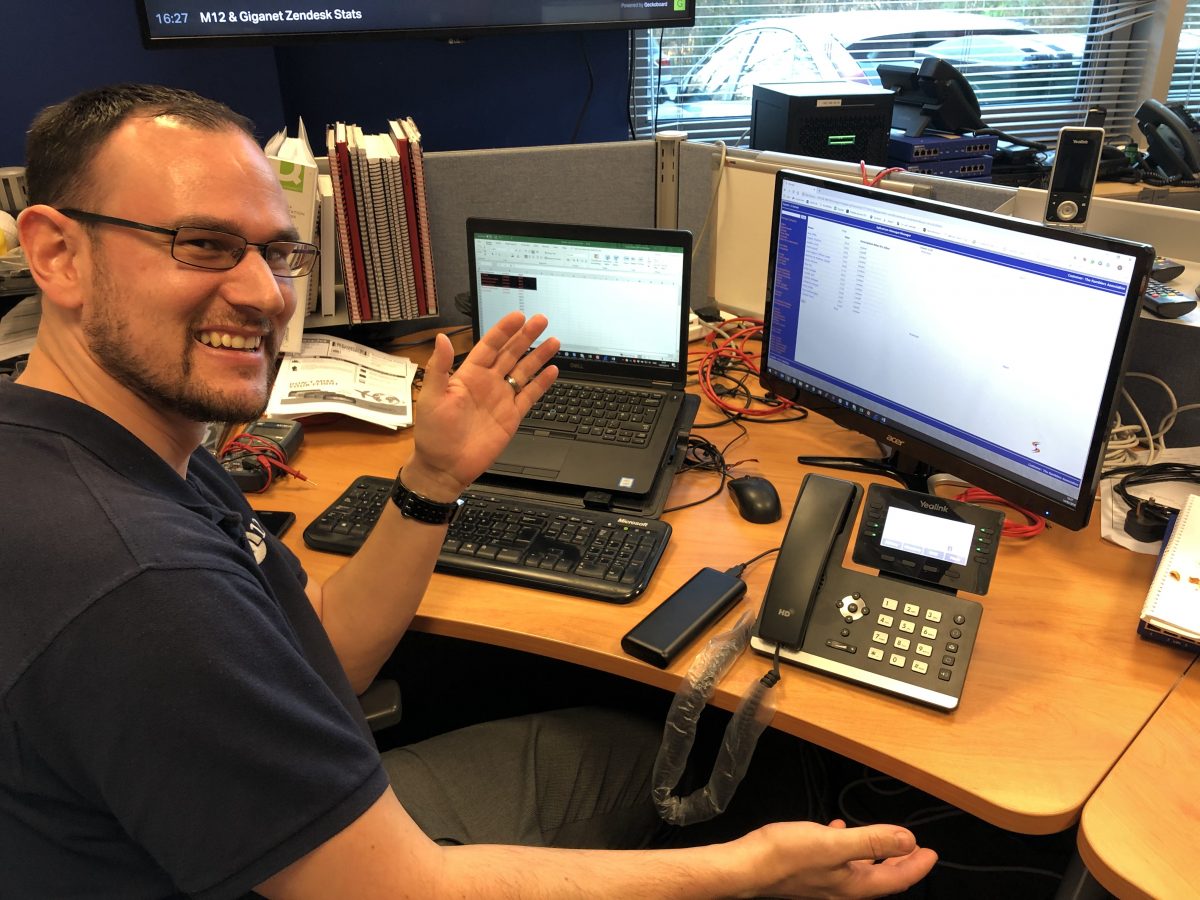Advances in technology and the growth of mobile, data, social and cloud technology has completely changed how we access information and how we communicate, both in our personal lives and professionally. If you compare today’s working methods and technology with those of 10 years ago, or even 5 years ago – the differences are astounding.
Analogue telephones were cabled in, with limited features and at a high cost of implementation. Equipment was housed on site, taking up valuable office space. Today digital handsets are much cheaper, very feature-rich and can be cordless or wireless. Phone systems can be housed in the cloud, negating the need for physical space on business premises. Alternatively, a growing number of businesses don’t even have traditional handsets and just use apps on their laptops or mobiles. Many households don’t have a landline and just use their mobiles for any calls they need to make. Public telephones are disappearing or being repurposed for other uses, because the majority of people have access to a mobile phone.
In the workplace, 10 or 15 years ago most employees would work solely in the office, perhaps taking some paperwork home in evenings and weekends. Now its completely fluid. An increasing number of businesses include some level of working from home or remotely. Its common for employees to work from home a certain amount to save time and money. Some businesses run solely remotely, without a central office at all!
Of course, these elements rely on a certain level of connectivity and technology. A fast, reliable and secure internet connection underpins every successful digital workplace, whether office-based or remote. Without this key investment, working remotely can become tiresome, frustrating and unproductive. Also, any laptops and phones need to be fast, portable and protected, to ensure workers can operate effectively no matter where they are.
Employees are no longer chained to the office, with many preferring to work from home or in shared spaces. Communication doesn’t need to suffer, with the rise of cloud apps like Office 365, Outlook and Flow meaning files and programs can be accessed anywhere. And communication isn’t affected either, with apps like Skype for Business, Slack and more offering quick, simple communication with colleagues and key stakeholders.

Systems Engineer Carlo with our brand new Yealink wireless phone!
At M12, our DBX phone system is hosted in the Cloud, with apps on our mobiles and laptops to allow calls wherever we are. Most of our employees work in the office the majority of the time, but we do have a team in London who work remotely some days each week. Our MD Andrew lives in Dorset so he will work at home, on the go and in the office, depending on where his schedule takes him.
Remote working is useful in a disaster scenario; if something were to happen at the office or in cases of extreme weather. But also in the event of sickness, disability, parental responsibilities or employees wanting to work outside of office hours.
As businesses embrace this digital revolution, it means they can increase their reach and operate more globally. No longer does a business need one team all based in a single location. But internet and cloud-based communication means that businesses can operate internationally without huge expense and time commitment. This makes business much more scalable and expandable, without the huge investment previously required.
In our industry, we are at the forefront of technological advances. Our products, services and working methods evolve continually. It Is very important for our team to be informed and flexible so that we can offer the best for our customers. If you would like to introduce cloud technologies to your business or improve your internet connectivity, then please get in touch.
By Ruth Seals

